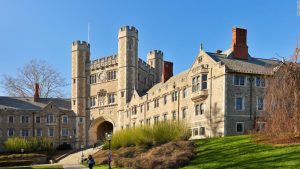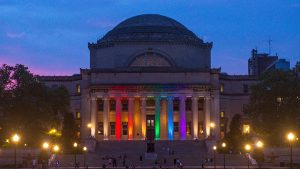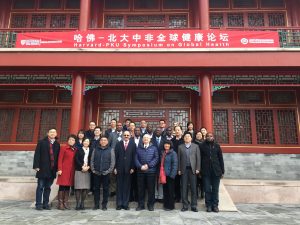Founded in 1861, the Massachusetts Institute of Technology is a private land-grant research university in Cambridge, Massachusetts. It is one of the oldest universities in the United States and has played a major role in the development of modern science and technology. The university has a long list of achievements, including a number of patents, and is ranked among the top academic institutions in the world. The Institute’s rich history and diverse faculty and student body allow it to attract students from around the world.
The MIT student-to-faculty ratio is a significant factor in determining the quality of educational experience at the institution. This is a significant improvement over the national average of 15 to one. While students are enrolled in a small class size at MIT, they have ample time to interact with professors and fellow students. The university has a high percentage of full-time faculty, compared to 47% for all universities.
The Massachusetts Institute of Technology is a prestigious university with a long history of accomplishments. Some of its greatest discoveries are related to the fields of chemistry, engineering, and computer science. The institute is internationally recognized for the discovery of quarks, and its professors created numerous prominent research centres. While undergoing the Great Depression, MIT also administered the Radiation Laboratory, which became the nation’s leading centre for radar research. The university maintained its ties with the military and corporate patrons throughout the war and after the war, and continued to support basic and applied research in science, mathematics, physics, computer science, and other disciplines.
Massachusetts Institute of Technology
In recent decades, MIT has evolved into a prestigious institution for research. Its students have been rewarded for their hard work. The MIT admission policy is based on entrance examinations and a student’s academic history. The university has a 0%-10% admission rate, and accepts both domestic and international students. While the MIT is known for its innovative teaching and research, the school has a strong history of supporting industry and military projects.
MIT’s rich history stretches back to the 1800s. Its faculty and students developed prominent research centres during the Great Depression, including aeronautics and analog computing. During the Second World War, MIT maintained a strong relationship with its military and corporate patrons. Its campus is characterized by its Infinite Corridor, which is the main thoroughfare through the campus. The Infinite Corridor is one of the primary passageways through campus.
The MIT’s student-faculty ratio is three to one, which is considerably better than the national average of 15 to 1. This means that MIT students have ample time to interact with their professors and classmates. The MIT’s full-time faculty percentage is 99%, whereas Harvard’s is only 47%. Having an advantage in the competitive market means you have the potential to excel at any specialized field.
Many of MIT’s faculty and students have become world-renowned in their respective fields. The faculty of the MIT founded several notable research centers, including aeronautics and analog computing. During World War II, the institute administered the Radiation Laboratory, which became the leading center for radar research. During the Cold War, MIT also managed military laboratories. Although MIT and Harvard’s Johnston Gates are not geographically close, they are only 1.72 miles apart.
The MIT’s focus on entrepreneurship and innovation made it a world-renowned research university. The MIT campus has over 168 acres and features 18 student residences and 20-acres of playing fields. It has also been cited by Richard Todd in an essay in Time magazine in 1969. As of 2012, the school was the fourth-best college in the United States. In 2013, MIT’s alumni are still highly valued in the workplace and are able to make a significant impact on society.
MIT was founded in 1861 and has played a key role in the evolution of modern science. Its motto is mind and hand, and it has been a prominent place in the world for 45 years. MIT has over 2300 course offerings in various fields, including physical sciences, engineering, economics, linguistics, and philosophy. When applying for a position at MIT, make sure to have an idea of the area you are interested in studying.



